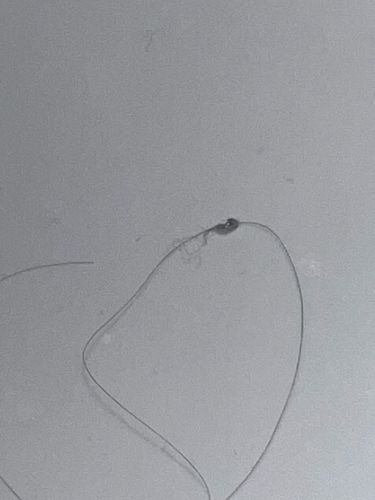Louse Egg (Nit)
Scientific Name: Pediculus humanus capitis (for head louse nits)
Order & Family: Phthiraptera (Order), Pediculidae (Family)
Size: Approximately 0.8 mm long, oval shape.

Natural Habitat
Attached to hair shafts, typically near the scalp in humans.
Diet & Feeding
Nits (eggs) do not feed. Adult lice feed on human blood.
Behavior Patterns
Nits are laid by adult female lice and firmly cemented to individual hair shafts. They are usually found close to the scalp, where the temperature is optimal for incubation. They hatch into nymphs after about 7-10 days.
Risks & Benefits
Risks: Nits indicate the presence of head lice, which can cause intense itching, skin irritation, and secondary bacterial infections from scratching. Benefits: None to humans; they are parasites.
Identified on: 10/22/2025